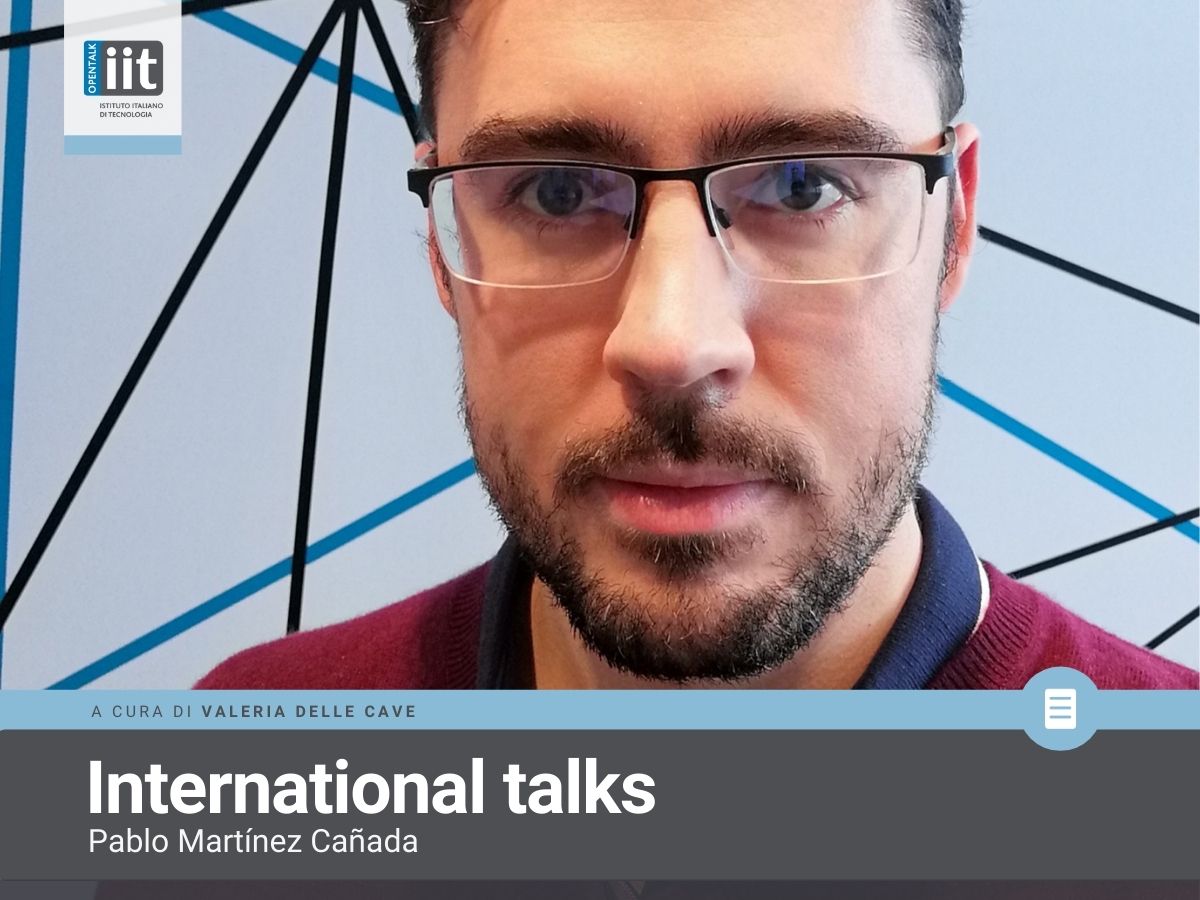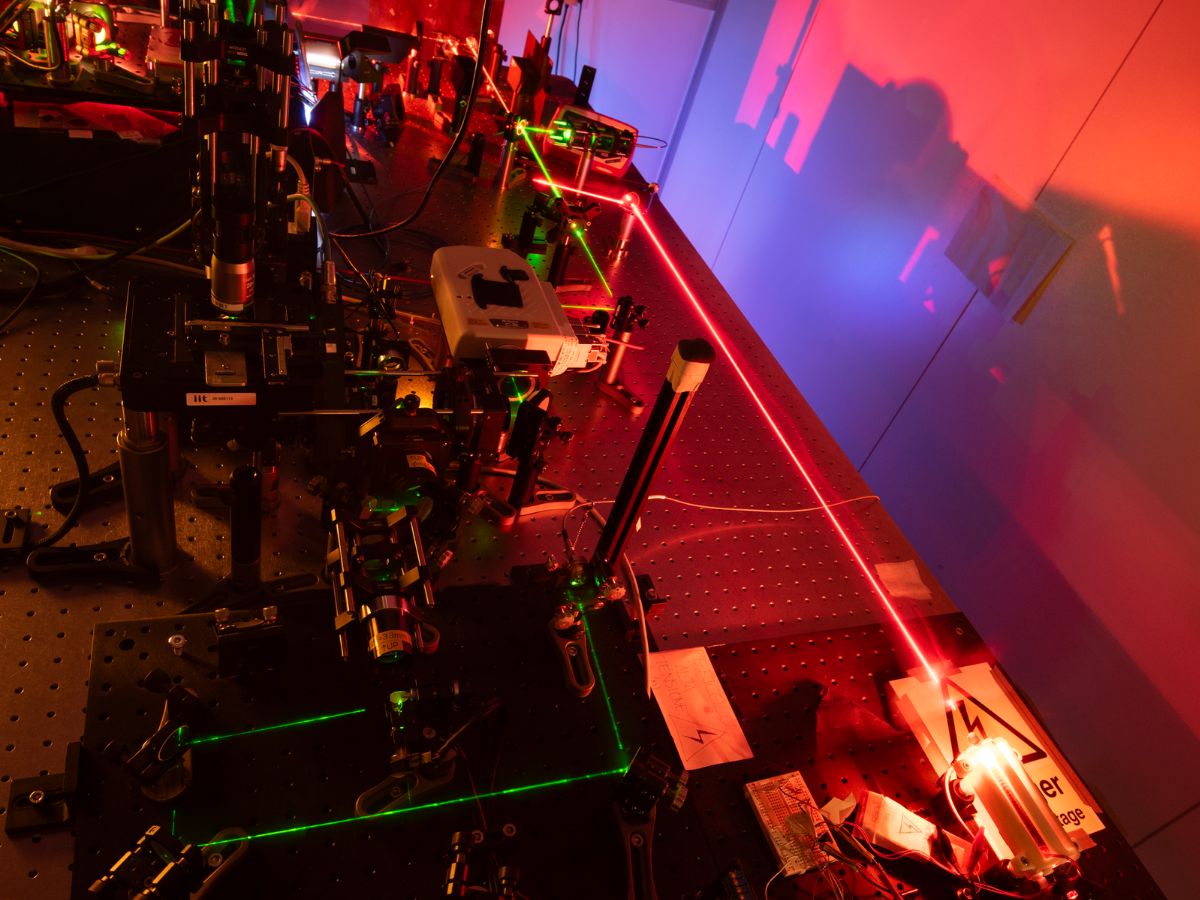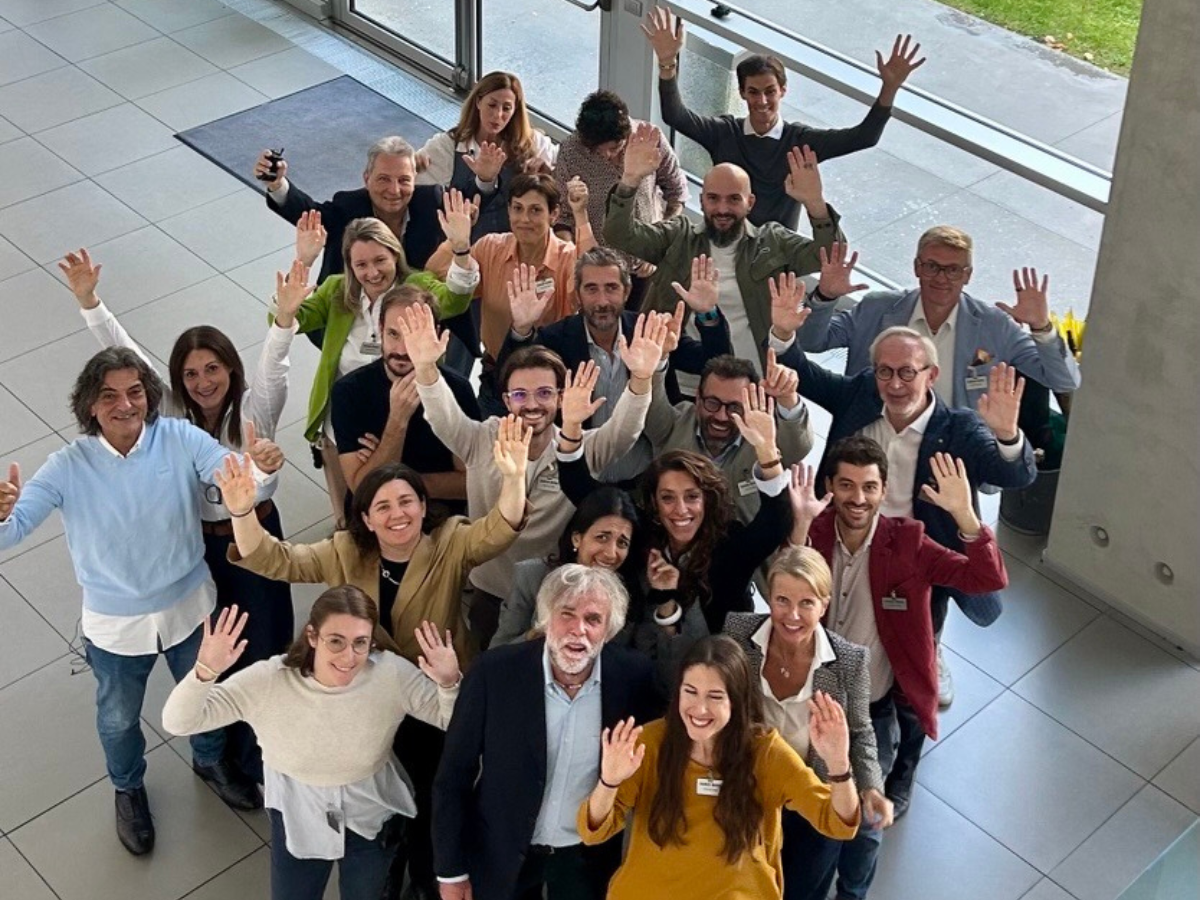Where does the electroencephalogram (EEG) come from?
Studying the brain has been my passion for a long time. My fascination with how the brain works started during my last year of undergraduate studies. I worked as an undergraduate research assistant on a project that aimed to develop visual prostheses for blind patients by stimulating their brain, in particular localized neural populations in the visual pathway. The challenge was to understand how neurons in the visual areas of the brain are connected and how they communicate to be able to generate an effective stimulation that could drive a correct behavioral response, thus seeing. I knew nothing about the topic at the time and just committed myself to learning more and more as I went along. Since then my curiosity about how the brain works has only intensified.
As a PhD student, my research focused on Computational Neuroscience of Vision, developing mathematical tools and models to investigate function of neural systems in the visual pathway. After I completed my PhD in 2018, I saw a joint postdoc position opening in the Laboratories of Neural Computation and Optical Approaches to Brain Function at IIT, to study how circuits of neurons in the brain contribute to electroencephalogram (EEG). Given that my background was limited to computational modeling, one of the most thrilling aspects of this project was the opportunity to work, for the first time, at the interface between theoretical and experimental neuroscience, and to learn more about state-of-the-art approaches to probe and manipulate neuronal circuits. When my application was accepted, I was excited to experience research life in a new institute and to learn about a new culture.
I am currently a Marie Sklodowska-Curie Fellow focused on answering the question: Where does the electroencephalogram (EEG) come from? Electroencephalography is one of the most important non-invasive brain imaging techniques in neuroscience and in the clinic; it has been widely applied to diagnose numerous brain diseases. What we know about how to use the EEG for clinical diagnose is largely based on a machine-learning perspective that employs features of the EEG signal to detect and classify the neural disease. However, the underlying brain mechanisms that produce those EEG features are largely unknown. The EEG could be a much more powerful and insightful brain measurement tool if only we could understand the neural mechanisms that produce it. Thus, the question I want to address is what are the different functional and anatomical configurations of the brain circuit (e.g., the neural interactions among different classes of cells) which produce the diverse spatial, spectral and temporal EEG features linked to cognition and neurological diseases? It is remarkable to think that EEG has been a dominant tool in studying healthy and diseased brain function, and for diagnosing medical conditions, for a century, and we still do not have answers to this fundamental question.
By means of an interdisciplinary approach, combing advanced theoretical modeling with state-of-the-art multiscale neurophysiology and interventional techniques, I will address the above challenge. My goal is to develop rigorous mathematical tools to disambiguate the EEG and robustly interpret it in terms of specific neural features (e.g., firing rate). Such features are key elements in determining the neural microcircuit configuration and have been documented to contribute to important brain disorders such as schizophrenia and Autism Spectrum Disorders (ASD). These brain disorders result, at least in part, from anomalous changes in the functional organization and dynamics of neural circuits. However, we still do not know how to identify these atypical changes of neural dynamics in terms of the EEG signal. Ensuring healthy lives and promoting the well-being at all ages is a priority at European and global levels. Understanding the origins of EEG may increase the usability of EEG to diagnose brain disorders and predict treatment outcome success.
Having lived in Genova for almost 2 years, I feel very much at home in this city. Since the very first day I arrived here, its atmosphere with the twisting maze of “vicoli”, the city’s port area or the large number of eating and drinking options have long fascinated me. In spite of some occasional difficulties, largely related to bureaucracy, I quickly learned the language (perhaps Spanish and Italian are not so different in the end) and integrated into local culture and customs. I must admit that it will be difficult for me to return home one day.
Pablo Martínez Cañada is a Marie Sklodowska-Curie Fellow in two different laboratories: the Laboratory of Optical Approaches to Brain Function at IIT’s Center for Convergent Technologies and the Neural Computation Laboratory at IIT’s Center for Human Technologies. This project has received funding from the European Union’s Horizon 2020 research and innovation programme under the Marie Skłodowska-Curie grant agreement No 893825.





